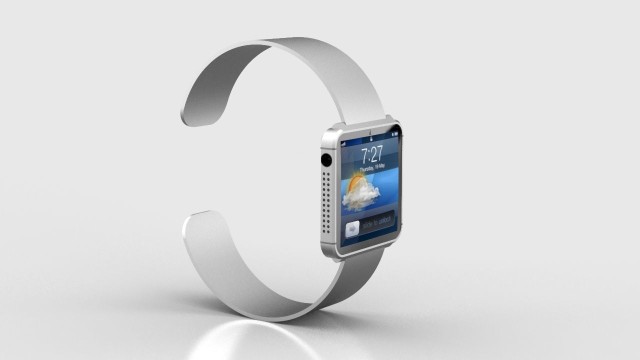
According to Gartner, sales of health wearables is expected to decline in 2015 driven by an overlap in functionality between health/fitness werables and smartwatches. Health/fitness wearables is forecast to reach 68.1 million units in 2015, down from 70 million units in 2014. In the Gartner report, Wearable Electronic Devices for Fitness, Worldwide, 2014 report analysts predict sales will rebound in 2016 because of versatile designs and models with cheaper displays.
Table 1 — Worldwide Wearable Electronic Fitness Devices Shipments Forecast, 2013-2016
(Millions of Units)
| Device Category |
2013 |
2014 |
2015 |
2016 |
|
Smart Wristband |
30 |
20 |
17 |
19 |
|
Sports Watch |
14 |
18 |
21 |
24 |
|
Other Fitness Monitor |
18 |
20 |
12 |
15 |
|
Chest Strap |
11 |
12.1 |
8 |
7.3 |
|
Smart Garment |
0.01 |
0.1 |
10.1 |
26 |
|
Total Market |
73.01 |
70.2 |
68.1 |
91.3 |
Source: Gartner (October 2014)
“Smartwatches having retail prices of $149 or more will typically have the capability to track activity and have accelerometers and gyroscopes similar to their smart wristband cousins. The smartwatches differ from smart wristbands in that smartwatches need to display the time and have a user interface oriented around communication. However, some smart wristbands have the ability to display and send text messages. The overlap in functionality between smart wristbands and smartwatches is expected to continue.”said Angela McIntyre, research director at Gartner.
Non-Retail Channel Expansion
Gartner also predicts that 25 percent of smartwatches and other health wearables will be sold through nonretail channels in 2018 through 2020. During this period, insurance companies, wellness providers, employers and gyms/weight loss clinics will increasingly serve as distribution channels for device manufacturers. These new channels will help increase consumer adoption of health wearables and smartwatches offered at subsidized prices or for free. Integrating gamification to these health wearables and smartwatches is also expected to increase as a way maintain and improve consumer engagement.
